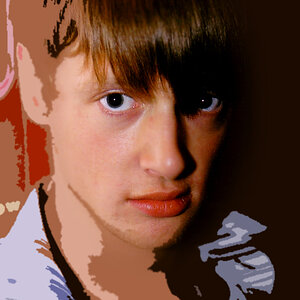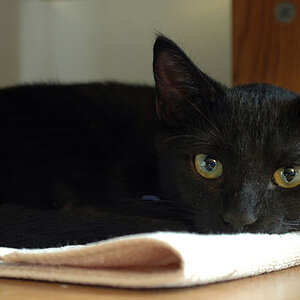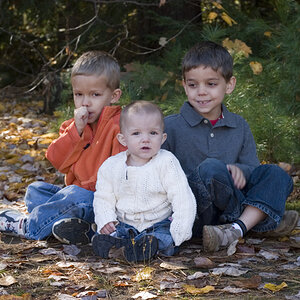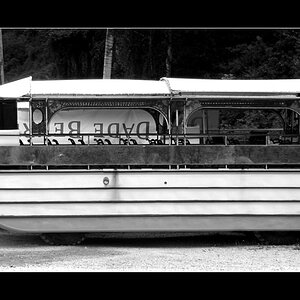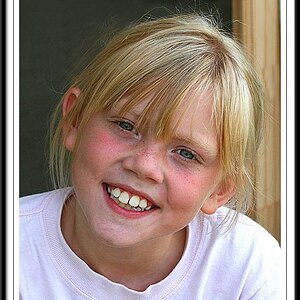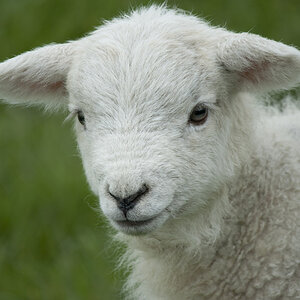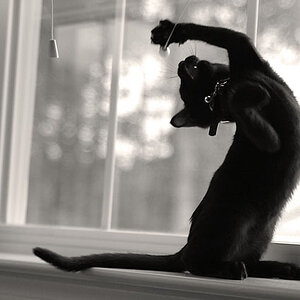goodguy
Been spending a lot of time on here!
- Joined
- Dec 5, 2012
- Messages
- 5,555
- Reaction score
- 1,121
- Location
- Toronto Canada
- Can others edit my Photos
- Photos OK to edit
DXO has compared the D3400 to the D5500 and D3300
Very impressive
Nikon D3400 vs Nikon D5500 vs Nikon D3300 | DxOMark
But one negative, low light performance is down by about 10%
Very impressive
Nikon D3400 vs Nikon D5500 vs Nikon D3300 | DxOMark
But one negative, low light performance is down by about 10%




